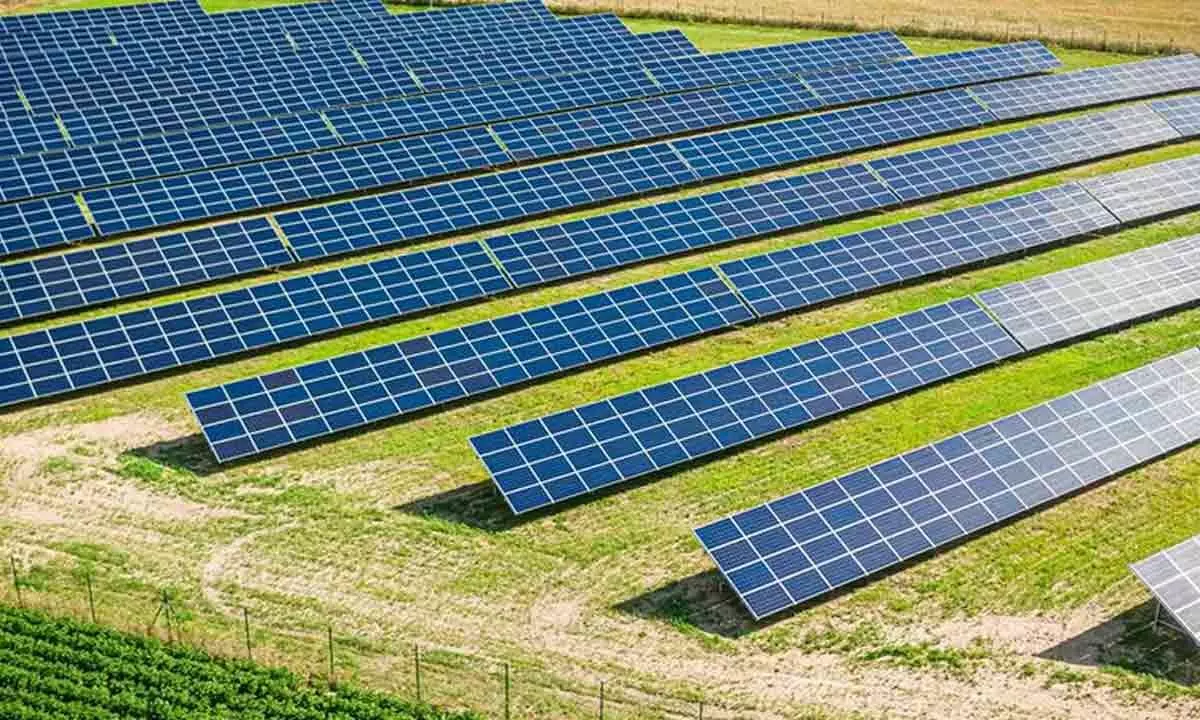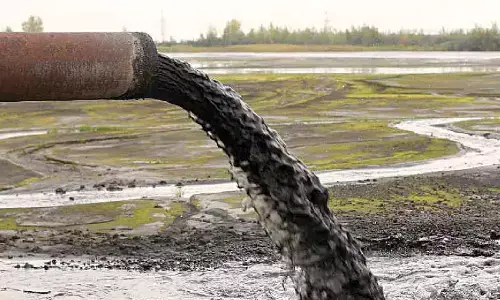Self-cleaning coating for maintenance of solar panels developed

Self-cleaning coating for maintenance of solar panels developed
These coatings are transparent, scalable, durable and superhydrophobic. It reduces dust accumulation on solar panels and is capable of self-cleaning with very little water, and is also suitable for easy integration with solar panel manufacturing plants.
New Delhi: Researchers at the Indian Institute of Technology (IIT), Jodhpur have developed a coating technology for self-cleaning of solar panel surfaces.
According to officials, these coatings are transparent, scalable, durable and superhydrophobic.
It reduces dust accumulation on solar panels and is capable of self-cleaning with very little water, and is also suitable for easy integration with solar panel manufacturing plants. The institute has also applied for a patent for the technology.
"Industries manufacturing solar panels claim that it operates at 80 to 90 per cent of their efficiency for 20 to 25 years. However, it is well known that dust and sand deposits on solar panels reduce their performance. Depending on location of the solar power plant and the climate in which it is used, solar panels have been found to lose 10 to 40 per cent of their initial efficiency due to dust accumulation within a few months," said Ravi K R, Head of Department of Metallurgical and Materials Engineering, IIT Jodhpur.
"Some of the methods currently used to clean the solar panel are expensive, inefficient, have various practical problems in continuous use and can cause irreversible damage to the solar panel. The developed superhydrophobic coating has an excellent self-cleaning property and exhibits no transmittance or power conversion efficiency loss.
Accelerated laboratory-scale tests have shown that the coating has exceptional mechanical and environmental durability," he added. According to the team, the coating method is an efficient and easy process to use in existing photovoltaic power generation with simple spray and wipe techniques.
Self-cleaning using superhydrophobic coatings does not require much water for cleaning purposes. Thus, it can be used in water-scarce areas with low maintenance costs. "We are looking at studying the durability of self-cleaning coating in real-time in different regions of the country, such as arid and semi-arid desert regions, coastal regions, and rural and urban areas. We are investigating the various re-coating options for the damage caused during the usage. The team will also work on decreasing the reduction in efficiency due to dust accumulation in solar thermal applications," he said.

















